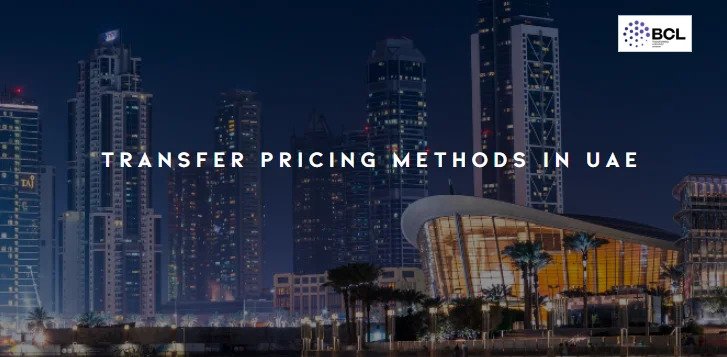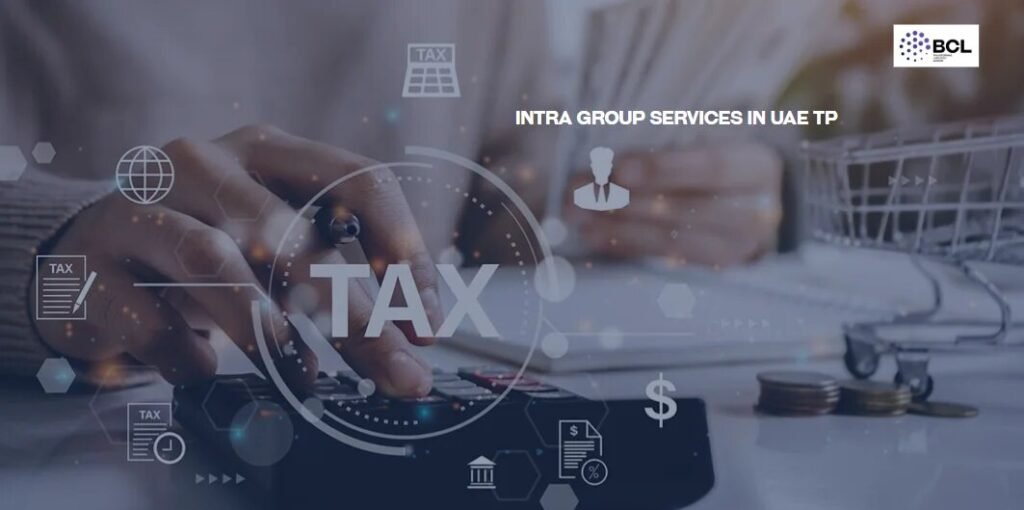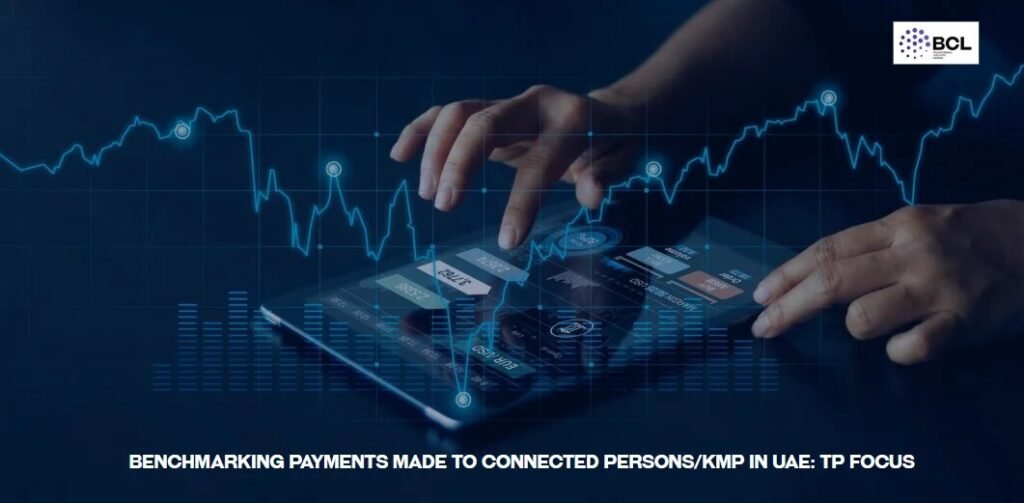Understanding Transfer Pricing in the UAE
With the introduction of corporate tax regulations in the UAE, multinational enterprises (MNEs) must adhere to transfer pricing rules when setting prices for goods and services exchanged between their entities across different tax jurisdictions. As per the OECD Guidelines, these prices should follow the arm’s length principle, ensuring transactions are conducted as they would be between unrelated parties.
To achieve compliance and prevent tax avoidance, profit shifting, or disputes with tax authorities, businesses apply specific transfer pricing methods. These methods fall into two main categories: traditional transactional methods and transactional profit methods. This article explores both approaches, highlighting their differences, benefits, and challenges.
For a broader perspective on evolving global norms, read how transfer pricing marks a new era for UAE-based businesses.
Traditional Transactional Methods
Traditional transactional methods establish arm’s-length pricing by comparing related-party transactions with those between independent parties in open markets. The three primary methods under this category include
- Comparable Uncontrolled Price (CUP) Method – compares the price charged in a Controlled Transaction to the price charged in a Comparable Uncontrolled Transaction in comparable circumstances. It requires strict comparability. There are two types:
- Internal CUP-ALP is the price of a similar transaction between one of the Related Parties or Connected Persons and a third party.
- External CUP-ALP is the price of a similar transaction between two or more third parties.
- Resale Price Method (RPM) – The RPM is based on the price at which a product that has been purchased from a Related Party, is resold to an independent party. The resale price would be reduced by the gross “Resale Price Margin,” as well as any other costs associated with the transaction, to provide an Arm’s Length Price. This method is commonly used for distributors and resellers who relatively add less value.
- Cost-Plus Method (CPM)—Establishes the ALP by adding an appropriate markup to the supplier’s costs. Suitable for semi-finished goods are sales between Related Parties or Connected Persons, where Related Parties or Connected Persons have concluded joint facility agreements or long-term buy-and-supply arrangements, as well as where the Controlled Transaction is the provision of services.
Advantages of Traditional Transactional Methods:
- Objective and Transparent: These methods rely on actual market transactions, making them straightforward and less prone to subjectivity.
- Regulatory Acceptance: Many tax authorities prefer traditional transactional methods as they use verifiable market data.
- Industry Norms: These methods are commonly used, making it easier to identify comparable data.
Limitations of Traditional Transactional Methods:
- Availability of Comparables: Finding truly comparable transactions can be challenging, especially for specialized products or services.
- Reliance on Historical Data: These methods use past market transactions, which may not reflect current market conditions.
- Limited Flexibility: They may not fully capture variations in transaction terms, market conditions, or business models.
Ensure your documentation is complete with the UAE transfer pricing disclosure requirements.
Transactional Profit Methods
Unlike traditional transactional methods, transactional profit methods assess the overall profitability of entities involved in intercompany transactions rather than focusing on individual transactions. The two key methods under this category are
- Transactional Net Margin Method (TNMM) – Examines the net profit earned from a Controlled Transaction relative to an appropriate base, such as the costs, sales, or assets.
- Internal comparable: where the net profit margin in the Controlled Transaction is determined by the net profit margin of a similar transaction between one of the Related Parties or Connected Persons and a third party.
- External comparable: where the net profit margin of a Controlled Transaction is determined by the net profit margin of a similar transaction between two third parties.
- Profit Split Method (PSM) – Seeks to determine the division of profits that independent parties would have expected to realize from engaging in comparable transactions. This method first identifies the combined profits of the Related Parties or Connected Persons from a Controlled Transaction(s) and splits those profits on an economically valid basis.
Advantages of Transactional Profit Methods:
- Adaptability: These methods can be applied across various business models and complex transactions.
- Use of Contemporary Data: Profit-based approaches rely on current financial data, making them more reflective of market conditions.
- Effective for Unique Transactions: When traditional methods fail due to a lack of comparable data, profit-based methods provide a viable alternative.
Limitations of Transactional Profit Methods:
- Complex Implementation: These methods require an in-depth analysis of business functions, risks, and assets.
- Subjectivity: Determining the appropriate profit allocation may involve subjective judgments and estimations.
- Data Challenges: Obtaining reliable financial data for both related and independent transactions can be difficult, particularly for private or closely held businesses.
Understand how transfer pricing aligns with the broader UAE corporate tax framework.
Selecting the Right Transfer Pricing Method
For MNEs, choosing the most appropriate transfer pricing method is critical to ensuring compliance with tax laws and reducing the risk of disputes. The decision depends on various factors, including the nature of the transaction, the availability of comparable data, and the level of complexity involved.
In practice, businesses often apply a combination of traditional and transactional profit methods to determine a justifiable arm’s-length price. A blended approach can provide a more comprehensive analysis and strengthen the company’s position during tax audits.
How BCL Globiz Helps?
Navigating the complexities of transfer pricing requires expertise and a strategic approach. BCL Globiz assists businesses by offering tailored solutions that ensure compliance with UAE tax regulations while optimizing transfer pricing strategies. Our team of experts helps in conducting functional and risk analyses, benchmarking studies, and preparing robust documentation to support transfer pricing positions. By leveraging industry best practices and in-depth regulatory knowledge, BCL Globiz ensures that MNEs can operate with confidence, mitigating risks associated with audits and tax disputes.
Explore the classification of related parties under UAE transfer pricing to ensure accurate compliance.
For further assistance, reach out to our expert rakesh@bclglobiz.com and check out our website www.bcl.ae.










